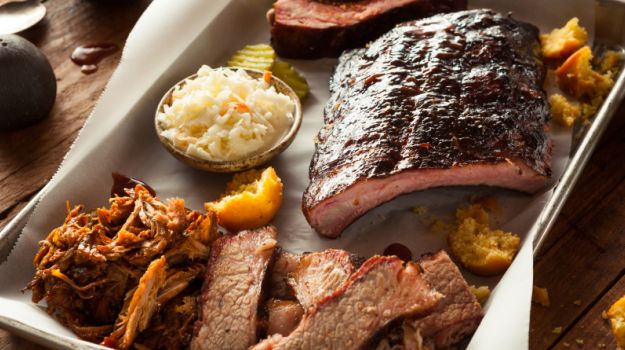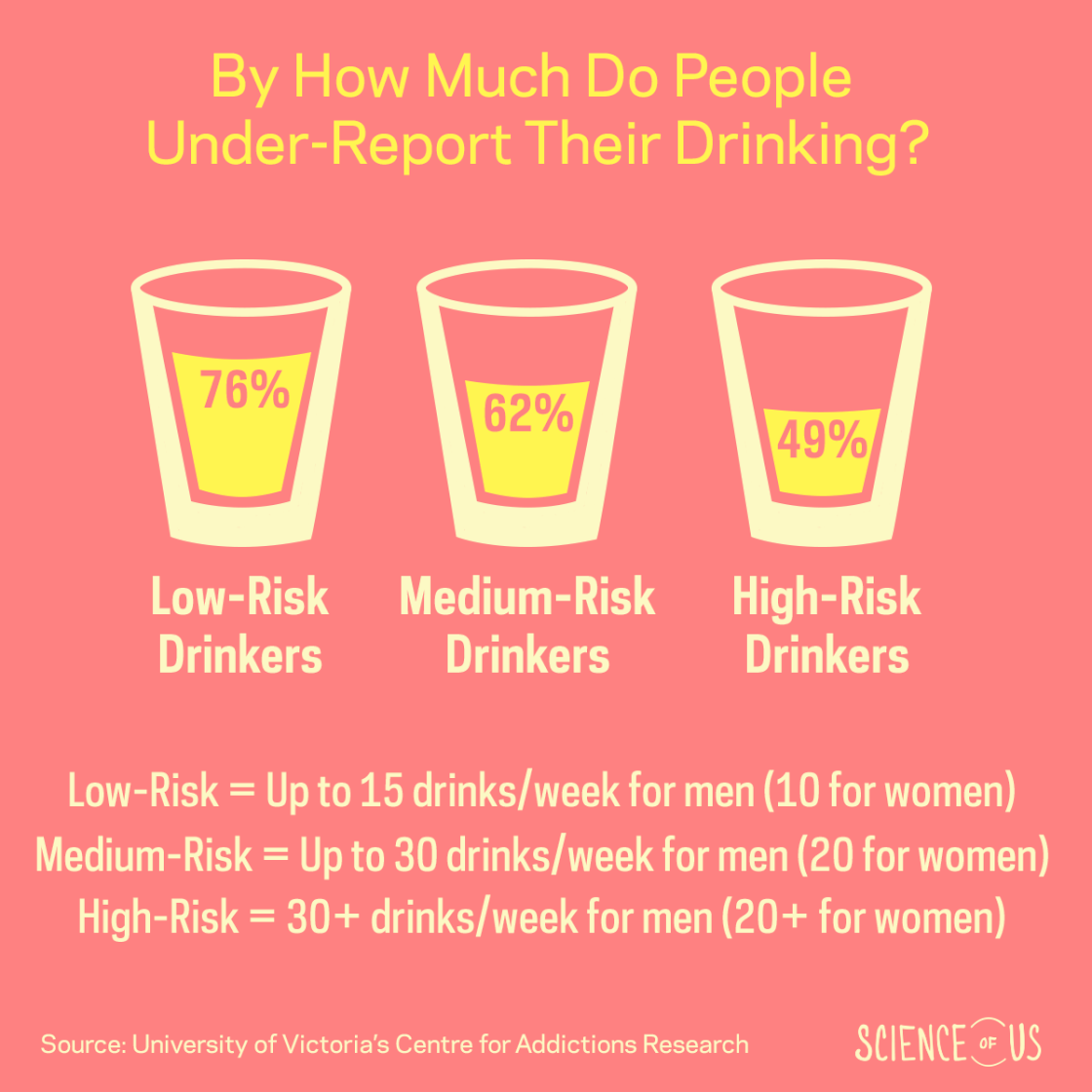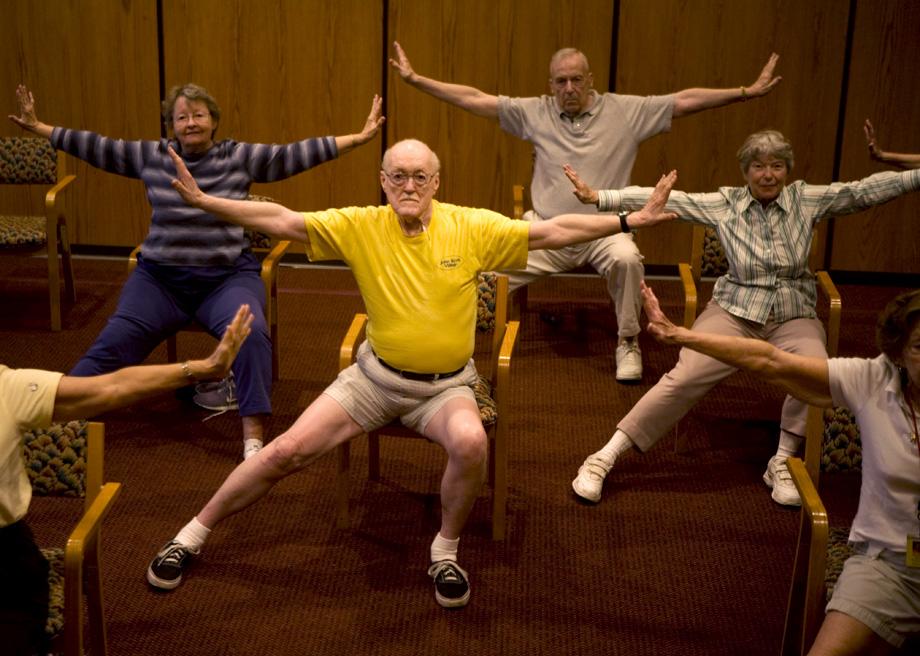Designer Stella McCartney unveils mycelium-based clothing

This past week, British fashion designer Stella McCartney unveiled a black "leather" bustier top and pants made not from cow hide, but mycelium — which is grown from fungi.
Up until now, if you wanted leather that wasn't made from animals, you've probably had to settle for plastic "pleather," which comes with a different set of environmental problems.
But a number of big brands, including Stella McCartney, Adidas, Lululemon and Hermes, in partnership with biotechnology startups Bolt Threads and MycoWorks, say later this year you'll be able to buy more products with leather made from another bio-based material that's grown by recycling waste.
Mycelium is already on the market in the form of styrofoam-like packaging, "un-leather" handbags, flooring and sound-proofing acoustic panels. It's also been experimentally used to build larger structures such as benches, coffins, composting toilets and even buildings.
But manufacturers are now aiming to scale up the products and applications made from mycelium, which they tout as a more sustainable substitute for petroleum-derived plastics such as styrofoam and vinyl, leather made with harsh chemicals from water-guzzling, methane-belching cows and even other bio-based materials such as cardboard and wood.
In the future, they say it could even be used to make advanced materials such as transparent "paper" or construct buildings that can be triggered to automatically biodegrade at the end of their useful life.
What is mycelium?
Mycelium is made of fungi. While you may think of them as plants, they technically aren't and are more closely related to animals. (Fungi and animals are in different "kingdoms" but the same "supra-kingdom," while plants are in a different supra-kingdom.)
You might associate fungi with mushrooms, but mycelium is a different part of the fungus — its fast-growing network of roots, rather than the compact fruits we know as mushrooms.
What makes mycelium more sustainable than the materials it replaces?
Those who use mycelium tout its low environmental footprint as its biggest advantage.
Dan Widmaier, CEO of California-based Bolt Threads, said that among the brands that work with his company, 70 per cent of their environmental impact comes from the materials they use.
"Broadly speaking, those materials have to change if there's going to be eight billion of us and counting on the planet," Widmaier said.
Bolt Threads says its mycelium-based leather, Mylo, emits fewer greenhouse gases and uses less water and resources than animal leather.

Alexander Bismarck, a professor of materials chemistry, and Mitchell Jones, a postdoctoral researcher at the Technical University of Vienna, have studied the sustainability of fungi-derived leather substitutes.
They note that in nature, fungi help soils capture and store carbon through their symbiotic relationships with plants, making their growth "effectively carbon neutral." When grown to make mycelium-based materials, they can upcycle waste such as food and agricultural residues without the heating that's usually required for manufacturing processes.
That's in contrast to raising cattle, which is known to consume and pollute water, use lots of land and generate greenhouse gases that contribute to climate change at a higher rate than most other domestic animals. With leather, lots of potentially harmful chemicals and energy are also used to tan the hides.
Bismarck said compared to such animal-based materials — as well as plastics — mycelium-based products provide "a significant reduction in CO2 or greenhouse gas."
Mycelium has even been suggested as a replacement for other bio-based materials, such as cardboard, wood or bioplastics. Jones said even many of those have negative environmental impacts, such as the need to cut down trees or limited biodegradability. "The fungi doesn't really have that downside."

What can you buy now that's made of mycelium?
Over the past decade or so, biotechnology companies have launched a small number of mycelium-based products such as:
-
Packaging, designed to replace styrofoam, from New York-based Ecovative Design. It's now produced by manufacturing partners in the U.S., U.K., Europe and New Zealand. Dell Technologies and IKEA are among those who have committed to using it.
-
Coffins made by Dutch startup Loop that are not only biodegradable but also help biodegrade the bodies laid to rest inside.
-
Flooring and acoustic tiles, which are sold by Italian interior design products firm Mogu.
-
Leather. MYCL, based in Bandung, Indonesia, partnered with local apparel brand BRODO, to launch sneakers, sandals, wallets, luggage tags and watch straps made of its mycelium-based leather Mylea last year.
Two U.S. competitors aim to make mycelium-based leather more widely available this year.
-
Bolt Threads (which licensed its initial technology from Ecovative) was supposed to deliver its first product made of Mylo, the Driver bag, to Kickstarter backers late last year, but delivery was delayed after the batch produced by its manufacturing partner didn't meet quality standards. The company also announced in October that it would partner with Adidas, Kering, Lululemon and Stella McCartney to launch Mylo products in 2021. (The items unveiled by Stella McCartney this week aren't yet available for sale.)
-
San Francisco-based MycoWorks announced earlier this month that it had partnered with luxury brand Hermes to make a version of the Victoria bag that will be the first product using a mycelium-based leather called Sylvania.
How is mycelium produced and turned into new materials and products?
Step one is obviously to grow it. That can be done either in a nutritious liquid or on a bed of solid materials. Either can include waste products ranging from blackstrap molasses to sawdust from furniture production.
What's suitable depends on the fungal species, which can be found in different habitats in the wild, said Joe Dahmen, an associate professor at the University of British Columbia School of Architecture, who has been working with mycelium-based materials for several years.
For example, oyster mushrooms, which he works with, grow on hardwood trees but not conifers. Some of the materials used commercially include cotton fibres or hemp hurds, the inner cores of the stems.

The fungi also need water and nutrients, and they're generally kept in humidity- and temperature-controlled environments to prevent them from producing mushrooms — a completely different material that can also generate potentially irritating spores. Fruiting typically happens when the fungi think it's autumn, Dahmen said.
Fungi are fast-growing — it takes just a week to grow mycelium for Mushroom Packaging and two weeks for Mylo, their manufacturers say. They're often grown with high levels of CO2 to encourage them to grow outward in search of oxygen.
Once ready, the mycelium is usually dehydrated and processed with machines and chemicals to improve the density, strength, elasticity and texture.
All that means mycelium-based materials generally aren't pure mycelium, but a "composite," Bismarck noted. They contain the material it was grown on along with anything added during processing.
Widmaier said that's part of the "secret sauce" for Mylo. "We start with the mycelium, and then we do everything from making sure it doesn't rot to making sure it's finished appropriately and it's got the right colour."

Is the fungus still alive and can it keep growing within products?
For most commercial products (except for coffins), the mycelium is heat treated long before it reaches the customer in order to kill it, maintain the product's intended form and eliminate the risk that it could form mushrooms and allergens such as spores.
That said, some designers, such as Dahmen and his wife, Amber Frid-Jimenez, Canada Research Chair in Design and Technology at the Emily Carr University of Art and Design, have experimented with living fungi.
"As architects and designers, we were really interested in the idea of a material that might aggregate and continue to grow once it was in the shape or form of whatever it was we were designing to," said Dahmen, who has a design studio with Frid-Jimenez called AFJD.
They once built a wall at the Museum of Vancouver that consisted of individual mycelium bricks that were left alive and eventually fused together.
"So you could imagine a kind of building technology that can kind of evolve and continue to grow, you know — sort of magical, in a way," he said.
In 2016, they created benches made from mycelium that included a space in the middle for mushrooms to fruit. They remained in use on campus for several months.
Generally, in normal indoor or outdoor conditions, they dry out and become inert. "But that doesn't mean they can't reawaken later," he said.

That means it might be possible to engineer a building made with inert, mycelium-based materials that can be triggered to decompose or self-demolish at the end of the building's useful life. "In the right conditions, they might reawaken and start digesting the materials and finish the building."
What else could mycelium be used for in the future?
Both Dahmen and Bismarck say it has a lot of potential as a building material — to replace foam insulation, for example.
Its insulating abilities have prompted Dahmen to use mycelium to create a biodegradable composting toilet for refugee camps that traps heat to speed up decomposition by heat-loving bacteria. After use, it can simply be buried. Dahmen is even playing around with integrating seeds into it so "basically you're kind of converting the excrement into a flower bed at the end."
Bismarck and Jones have been experimenting with ways to make more advanced materials from mycelium. For example, they have found that by growing it in a mineral-rich environment, they can create mineralized, fire-resistant insulation panels.

While most current mycelium products are composites that include agricultural or wood fibres, the researchers are also trying to create "nanomaterials" with pure fungi selected for their extra-fine fibres.
Those can be processed in a blender with some chemicals into interesting materials such as transparent, paper-like sheets. The mycelium paper can be made 10 times stronger than regular paper or designed to filter viruses or heavy metals from water.
One of the applications they're testing right now is mycelium-based wound dressings, which can help reduce bleeding, keep bacteria out and accelerate healing.
"It's simply incredible what a fungus can do," Bismarck said, adding that there are an estimated 5.1 million types of fungi out there, many with untapped potential. "It's still a vast space of biology that can do something for you."













































